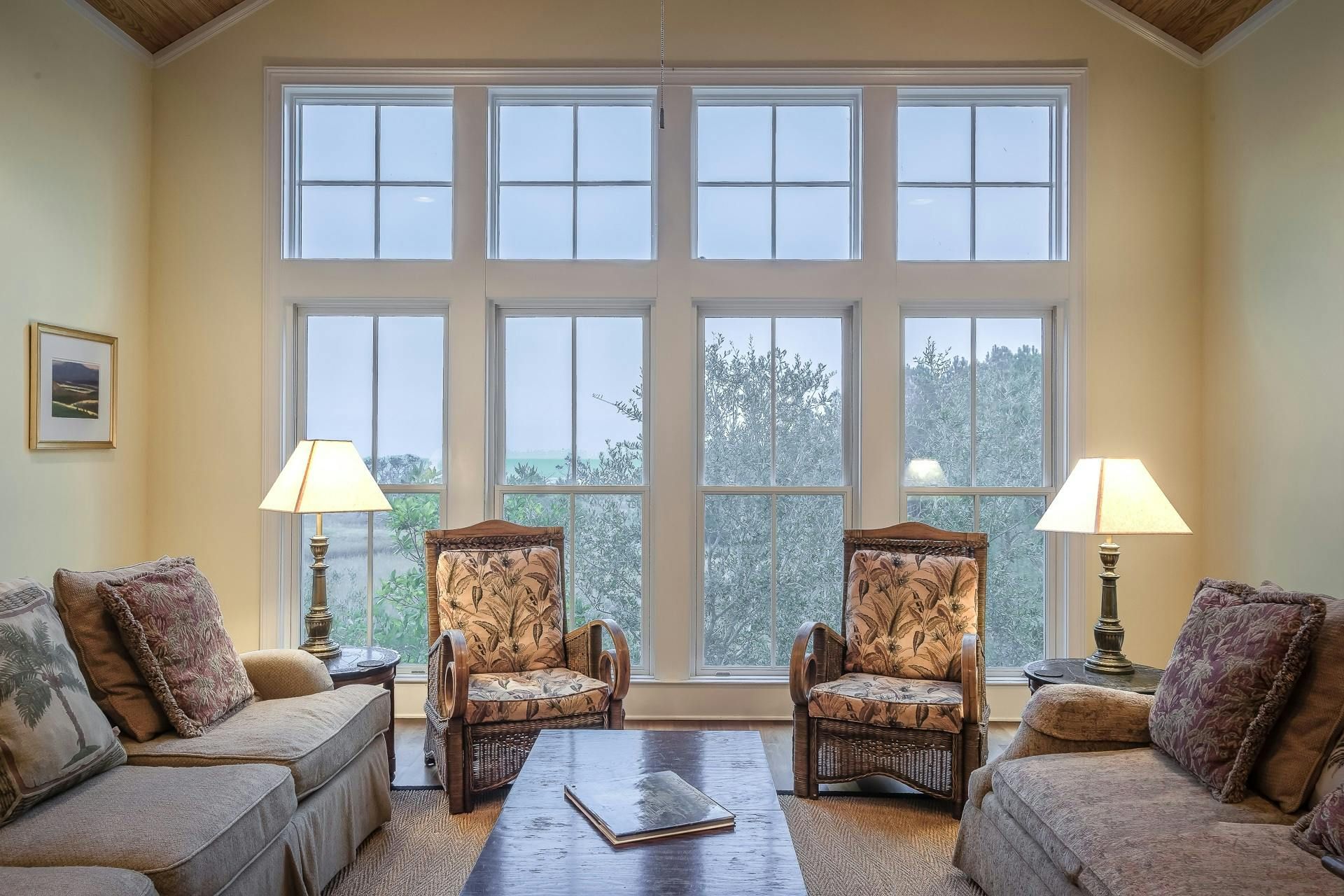How New Windows Improve Energy Efficiency & Home Comfort: A Homeowner’s Guide
Replacing old windows is one of the smartest upgrades a homeowner can make — not just for curb appeal, but for energy efficiency, lower utility bills, and year-round comfort. In this guide I’ll explain how new windows save energy, what features to look for, and quick tips to make sure your investment pays off.
Why windows matter for energy savings and comfort
Windows aren’t just holes in your wall — they’re one of the main pathways for heat gain and heat loss. According to the U.S. Department of Energy, heat transfer through windows accounts for roughly 25–30% of residential heating and cooling energy use. Replacing inefficient windows can reduce that loss and cut the workload on your HVAC system.
New, energy-efficient windows also help keep indoor temperatures steady and reduce drafts, which directly improves comfort — especially in rooms that used to feel too hot in summer or too cold in winter. A growing number of homeowners report energy savings and improved indoor comfort after replacement projects.
Energy-efficient window features that actually matter
When shopping for replacements, focus on features proven to improve energy performance and comfort:
Double or triple glazing
Two or three panes of glass with inert gas (argon or krypton) between them cut heat transfer and lower condensation risk.
Low-emissivity (Low-E) coatings
Low-E coatings reflect infrared heat while letting light through, keeping heat out in summer and in during winter.
Quality frames and spacers
Vinyl, fiberglass, and insulated wood frames have better thermal performance than older metal frames. Warm-edge spacers reduce heat flow at the glass edge.
Proper installation and air sealing
Even the best windows won’t perform if they’re poorly installed. Tight seals, correct flashing, and professional fit are critical to prevent drafts and moisture issues. ENERGY STAR emphasizes buying certified products and installing them for maximum savings.

How much can new windows actually save?
Exact savings depend on your climate, the condition of your old windows, and the types of new windows you choose. Industry sources and recent guides report typical savings in the range of 10–20% on heating and cooling bills for many homes that replace single-pane or badly sealed windows with modern, energy-efficient units. That figure is a reasonable estimate homeowners can expect, though local results will vary.
Where windows are the primary source of drafts or heat gain, replacing them can also extend the life of your HVAC system (less runtime) and improve indoor air comfort — a benefit that many homebuyers now explicitly look for.
Comfort benefits beyond energy bills
New windows improve everyday living in ways that aren’t captured by energy numbers alone:
- Fewer drafts and cold spots — Better seals and insulated frames stabilize room temperatures.
- Reduced noise — Multi-pane windows with thicker glass dampen outside sound.
- Less condensation and mold risk — Improved thermal performance reduces moisture buildup.
- Better UV protection — Low-E glass blocks harmful UV rays that fade furniture and floors.
These improvements add up to rooms that feel more comfortable, healthy, and usable year-round.
How to choose the best windows for energy savings
Here are simple, homeowner-friendly steps:
- Look for ENERGY STAR or certified products. These meet tested efficiency levels for your climate. ENERGY STAR
- Match window type to your climate and orientation. South-facing glass may benefit from high-performance Low-E; northern exposures may prioritize insulation value.
- Ask about U-factor and SHGC. U-factor measures heat transfer (lower is better). SHGC (solar heat gain coefficient) measures how much solar heat passes through (lower is better in hot climates).
- Prioritize proper installation. Get written guarantees on air sealing and workmanship.
- Compare total cost vs. long-term savings. Consider utility bill reductions, comfort gains, and potential resale value.
Quick signs it’s time to replace your windows
- Single-pane glass or old metal frames
- Visible drafts or condensation between panes
- Rotting sills or failing seals
- Windows that are hard to open/close or don’t lock properly
If you notice any of these, a window replacement can be both a comfort and an efficiency win.
Is window replacement worth it?
For many homeowners, replacing old windows with energy-efficient models is a smart, long-term investment. You’ll likely see lower energy bills, improved comfort, less noise, and protection from UV damage — plus the satisfaction of a nicer, more consistent living space. Use ENERGY STAR guidance and choose a reputable installer to make sure you get the savings you expect.
Ready to see how new windows could improve your home? Contact Southland Exteriors for a free consultation and energy-efficiency assessment. We’ll review your current windows, recommend ENERGY STAR-rated options, and provide a clear cost vs. savings plan so you can decide with confidence.

